As we age, our homes may need some modifications to make them safer and more accessible. However, hiring professionals to do home improvements can be expensive. That’s where DIY home projects come in. Not only can they save seniors money, but they can also provide a sense of accomplishment and independence.
Understanding the needs of seniors at home is crucial when planning DIY home projects. For example, seniors may need wider doorways, grab bars in bathrooms, and non-slip flooring to prevent falls. Essential DIY home projects for seniors may include installing ramps, adding lighting, or creating a more accessible entrance. DIY home maintenance tips for seniors can also help them save money and keep their homes in good condition.
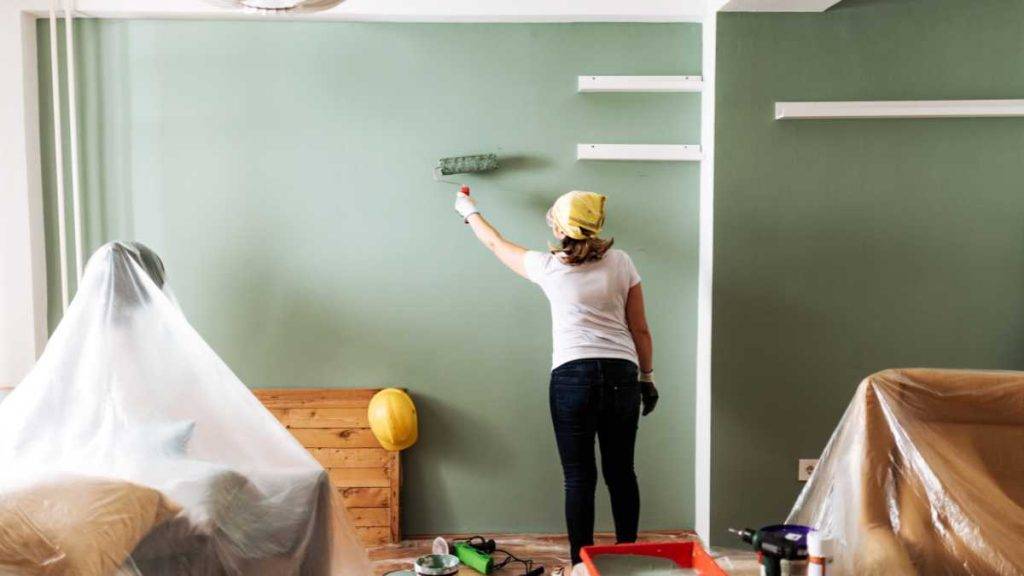
Tech-savvy DIY solutions for senior living can also be helpful. Smart home devices like voice-activated assistants, motion-sensor lighting, and smart thermostats can make everyday tasks easier for seniors. However, it’s important to consider the financial implications of DIY home projects. Seniors should weigh the costs of materials and tools against the benefits of doing it themselves. Ultimately, DIY home projects can provide health and wellness benefits for seniors by keeping them active and engaged.
Key Takeaways
- DIY home projects can save seniors money and provide a sense of accomplishment and independence.
- Understanding the needs of seniors at home is crucial when planning DIY home projects.
- Tech-savvy DIY solutions and health and wellness benefits make DIY home projects a great option for seniors.
Understanding the Needs of Seniors at Home
As we age, our needs and abilities change. It’s important to understand the unique needs of seniors who are living at home so that we can provide the best care and support possible. Here are some of the most common needs that seniors have:
Physical Needs
Seniors may have physical limitations that make it difficult for them to perform everyday tasks. These limitations can include mobility issues, chronic pain, and decreased strength. It’s important to make modifications to the home environment to accommodate these physical needs. Some examples of modifications include:
- Installing grab bars in the bathroom
- Adding a shower chair or bench
- Removing tripping hazards, such as throw rugs
- Installing handrails on stairs
Social Needs
Seniors may also have social needs that are not being met. As we age, it’s common to experience feelings of loneliness and isolation. This can be especially true for seniors who are living alone. It’s important to provide opportunities for socialization and connection. Some examples include:
- Encouraging participation in community activities and events
- Setting up regular phone or video calls with friends and family
- Arranging for transportation to social events
Emotional Needs
Seniors may also have emotional needs that require attention. This can include feelings of anxiety, depression, or grief. It’s important to provide emotional support and resources to help seniors cope with these feelings. Some examples of resources include:
- Counseling services
- Support groups
- Meditation or mindfulness practices
Cognitive Needs
Finally, seniors may have cognitive needs that require attention. As we age, our cognitive abilities may decline. This can include memory loss, difficulty with decision-making, and confusion. It’s important to provide cognitive stimulation and support to help seniors maintain their cognitive abilities. Some examples of activities include:
- Reading books or newspapers
- Engaging in puzzles or games
- Taking classes or workshops
By understanding the unique needs of seniors at home, we can provide the best care and support possible.
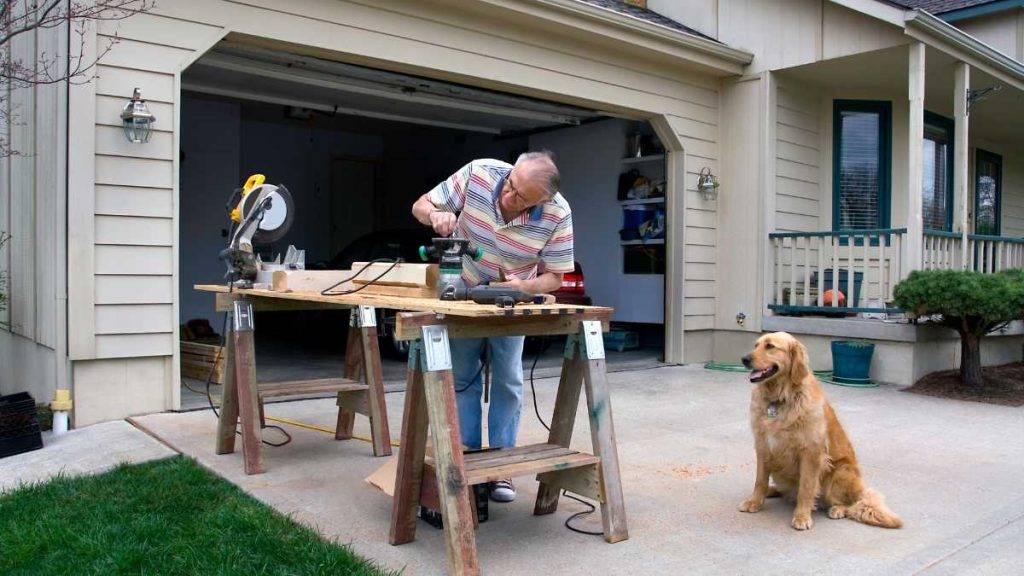
Essential DIY Home Projects for Seniors
As seniors, we want to ensure that our homes are safe and comfortable for us to age in place.
Here are some essential DIY home projects that we can do to improve our homes:
Home Safety Improvements
Making our homes safer is a top priority as we age. Here are some DIY projects that can help:
- Install grab bars in the bathroom and near the bed to prevent falls.
- Replace traditional light switches with rocker switches that are easier to use.
- Add motion-sensor lights to outdoor areas to improve visibility and deter burglars.
- Install smoke and carbon monoxide detectors in every room and test them regularly.
Mobility Enhancements
Mobility can become an issue as we age, but there are many DIY projects that can help us move around our homes more easily:
- Replace doorknobs with lever handles that are easier to grip and turn.
- Install a stair lift or a ramp to make it easier to get up and down stairs.
- Add non-slip mats to the bathroom floor and shower to prevent slips and falls.
- Replace traditional faucets with touchless ones that are easier to operate.
By making these essential DIY home projects, we can create a safer and more comfortable home for ourselves as we age.
DIY Home Maintenance Tips for Seniors
As we age, it becomes increasingly important to maintain our homes to ensure they remain safe and functional. Here are some DIY home maintenance tips for seniors that can help keep your home in good condition:
Routine Checks
Performing routine checks is an essential part of home maintenance. Here are some things to check regularly:
- Smoke detectors: Check the batteries in your smoke detectors every six months and replace them as needed. This simple task can save lives in the event of a fire.
- Heating and cooling systems: Have your heating and cooling systems serviced annually to ensure they are running efficiently and safely.
- Plumbing: Check for leaks under sinks and around toilets. Fixing leaks promptly can prevent water damage and mold growth.
- Electrical system: Check your electrical system for signs of wear or damage, such as frayed cords or loose outlets. If you notice any issues, call a licensed electrician to make repairs.
Minor Repairs
Minor repairs can often be done yourself with a little know-how and some basic tools. Here are some common repairs that seniors can do themselves:
- Unclogging drains: Use a plunger or drain snake to clear clogs in sinks, toilets, and showers.
- Replacing light bulbs: Replace burned-out light bulbs promptly to ensure adequate lighting throughout your home.
- Fixing squeaky doors: Apply a lubricant like WD-40 to hinges to silence squeaky doors.
- Repairing drywall: Small holes in drywall can be repaired with spackling paste and a putty knife.
By performing routine checks and tackling minor repairs yourself, you can save money on home maintenance costs and ensure your home remains safe and functional for years to come.
Tech-Savvy DIY Solutions for Senior Living
As we age, it’s important to maintain our independence and stay connected with our loved ones. Fortunately, technology has made it easier than ever for seniors to live independently with the help of smart home devices and online resources. In this section, we’ll explore some of the best tech-savvy DIY solutions for senior living.
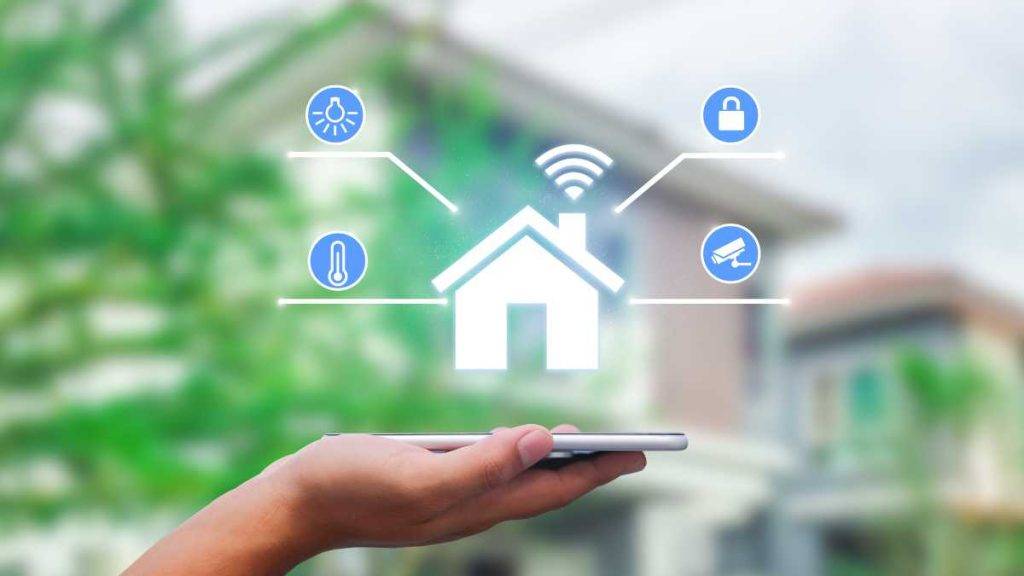
Smart Home Devices
Smart home devices can make everyday life safer, more convenient, and more social for older adults. Here are some of the best smart home devices for seniors:
| Device | Description |
|---|---|
| GrandPad | A modified tablet designed for seniors with larger-than-average buttons and a simplified interface that allows seniors to easily make video calls, share photos, and message with friends and family. |
| Ring Alarm | A whole-home alarm system that can improve peace of mind for those living alone. It can also notify family members if a door or window is open, or if activity is detected inside the home. |
| Nest Learning Thermostat | A smart thermostat that learns your schedule and adjusts the temperature accordingly, saving energy and money. It can also be controlled remotely via a smartphone app. |
| Philips Hue Smart Bulbs | Smart bulbs that can be controlled via a smartphone app or voice commands, making it easier for seniors to turn lights on and off without having to get up. |
| Amazon Echo | A voice-activated speaker that can play music, answer questions, set reminders, and control other smart home devices with simple voice commands. |
Online Resources
In addition to smart home devices, there are also a variety of online resources available to help seniors stay connected and engaged. Here are some of the best online resources for seniors:
- SeniorNet.org: Offers a variety of basic online computer courses geared at seniors. They also offer instructor-led workshops at 36 learning centers throughout the United States.
- AARP.org: Provides a wealth of information and resources for seniors, including health and wellness tips, financial advice, and social engagement opportunities.
- Meetup.com: A social networking site that allows seniors to connect with like-minded individuals and join groups based on shared interests.
- Nextdoor.com: A private social network for neighbors that allows seniors to stay connected with their local community and receive updates on local events and news.
In conclusion, smart home devices and online resources can make a big difference in the lives of seniors looking to maintain their independence and stay connected with their loved ones. By utilizing these tech-savvy DIY solutions, seniors can live happier, healthier, and more fulfilling lives.
Financial Considerations for DIY Home Projects
When it comes to DIY home projects, it’s important to consider the financial aspects as well as the creative and practical ones. We want to make sure that we are not overspending and that our projects are within our budget. In this section, we will discuss some financial considerations for DIY home projects.
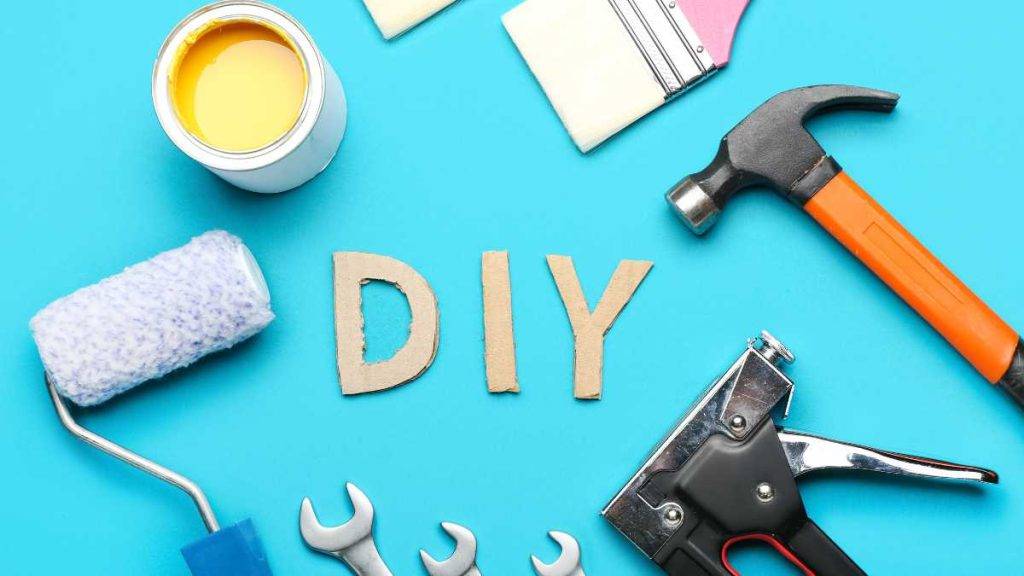
Budgeting Tips
Before starting any DIY home project, we need to create a budget. This budget should include all the necessary materials, tools, and any professional help we may need. We should also consider unexpected expenses that may arise during the project. It’s important to set a realistic budget and stick to it.
To create a budget, we can use a spreadsheet or a budgeting app. We can also make a list of all the items we need and their estimated cost. We should research prices and compare them to find the best deals. We can also consider buying used or recycled materials to save money.
Cost-Saving Strategies
There are several cost-saving strategies we can use for DIY home projects. One of them is to do the project ourselves instead of hiring a professional. This can save us a lot of money, but we should only attempt projects that we are confident we can complete successfully.
Another cost-saving strategy is to use materials that we already have. For example, we can repurpose old furniture or use leftover paint from a previous project. We can also borrow tools from friends or family instead of buying them.
We can also save money by doing some of the work ourselves and hiring a professional for the more complex tasks. For example, we can do the painting ourselves and hire a professional for electrical work or plumbing.
In conclusion, budgeting and cost-saving strategies are important considerations when it comes to DIY home projects. By creating a realistic budget and using cost-saving strategies, we can complete our projects within our budget and avoid overspending.
Health and Wellness Benefits of DIY Activities for Seniors
Engaging in DIY activities can have numerous health and wellness benefits for seniors. Here are some of the ways that DIY projects can positively impact our physical and mental well-being:
Physical Health Benefits
- Improved mobility: DIY projects often require physical activity, such as bending, lifting, and reaching. These movements can help improve our range of motion and flexibility, which can reduce the risk of falls and injuries.
- Increased strength: Many DIY projects involve using tools and materials that require some level of physical strength. These activities can help us build muscle and improve our overall physical fitness.
- Reduced stress: Engaging in DIY activities can help reduce stress levels, which can have a positive impact on our physical health. When we are stressed, our bodies release cortisol, a hormone that can lead to a number of health problems, including high blood pressure and heart disease.
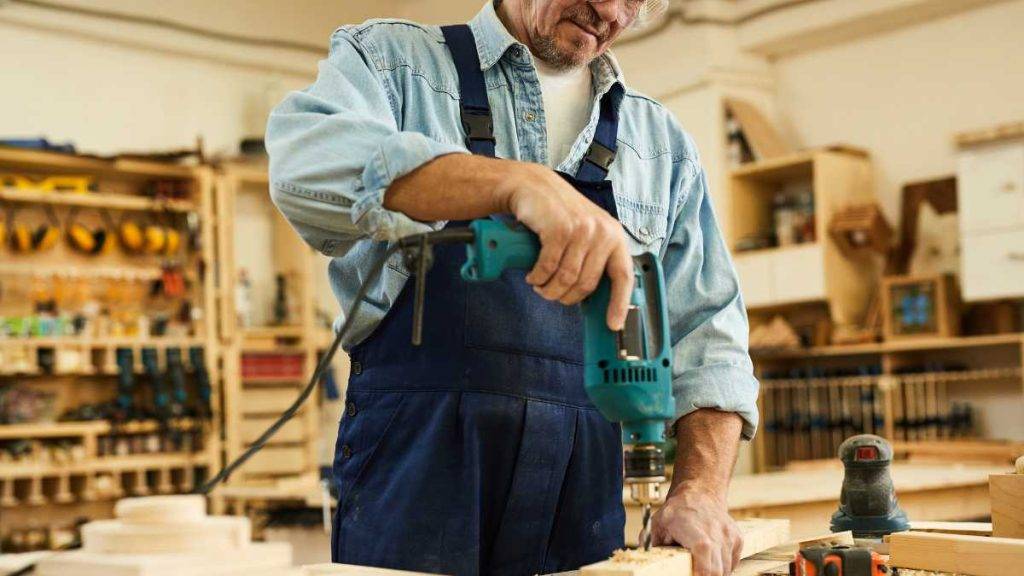
Mental Health Benefits
- Improved cognitive function: DIY activities require us to use our brains in new and creative ways, which can help improve cognitive function and memory.
- Reduced risk of depression: Engaging in creative activities can help boost our mood and reduce the risk of depression. DIY projects can provide us with a sense of accomplishment and purpose, which can help improve our overall well-being.
- Increased social connection: DIY activities can provide us with opportunities to connect with others, whether it’s through a crafting group or a home improvement project with family members. Social connection has been shown to have a positive impact on mental health and well-being.
Overall, DIY activities can have a significant impact on our physical and mental health as we age. By engaging in creative and physical activities, we can improve our overall well-being and enjoy a more fulfilling and active lifestyle.
Conclusion
In conclusion, we hope that this article has provided you with some valuable insights into DIY home modifications for seniors. By making a few simple changes, you can create a safer and more comfortable environment for your loved ones to age in place.
Remember, safety should always be your top priority when making modifications to your home. Consider consulting with a professional to ensure that your modifications are up to code and meet the specific needs of your loved one.
We also recommend that you take the time to research and invest in quality products that are designed specifically for seniors. Non-slip flooring, grab bars, and transfer belts are just a few examples of products that can greatly improve safety and mobility in the home.
Finally, we encourage you to involve your loved ones in the process of making modifications to their home. By including them in the decision-making process, you can ensure that their needs and preferences are taken into account and that they feel empowered and in control of their living situation.
With these tips in mind, we believe that you can create a safe and comfortable living space for your loved ones to enjoy for years to come.

